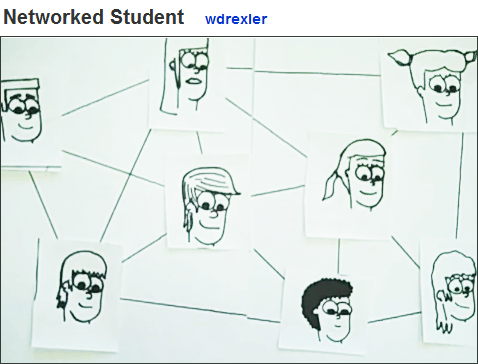The Wild World of Massively Open Online Courses — from unlimitedmagazine.com by Emily Senger
Would you participate in a class with 2300 other online students?
In a traditional university setting, a student pays to register for a course. The student shows up. A professor hands out an outline, assigns readings, stands at the front and lectures. Students take notes and ask questions. Then there is a test or an essay.
But with advancing online tools innovative educators are examining new ways to break out of this one-to-many model of education, through a concept called massively open online courses. The idea is to use open-source learning tools to make courses transparent and open to all, harnessing the knowledge of anyone who is interested in a topic.
George Siemens, along with colleague Stephen Downes, tried out the open course concept in fall 2008 through the University of Manitoba in a course called Connectivism and Connective Knowledge, or CCK08 for short. The course would allow 25 students to register, pay and receive credit for the course. All of the course content, including discussion boards, course readings, podcasts and any other teaching materials, was open to anyone who had an internet connection and created a user profile.
“The course was the platform, but anyone could build on that platform however they wanted,” says Siemens. “There’s this notion that technology is networked and social. It does alter the power relationship between the educator and the learner, a learner has more autonomy, they have more control. The expectation that you wait on the teacher to create everything for you and to tell you what to do is false.”









